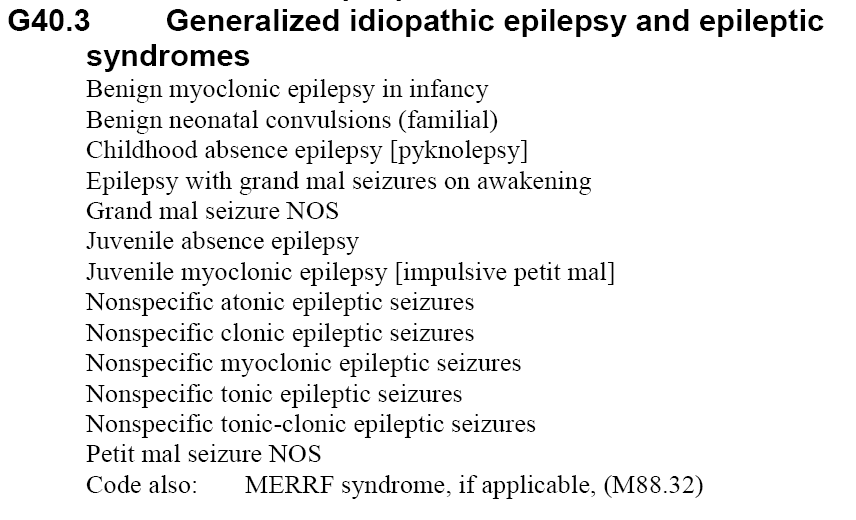Known As
Dysarthria is also known as developmental articulation disorder, dysarthria flaccid, dysarthria lingual, dysarthria spastric, flaccid dysarthria, lingual dysarthria, spastic dysarthria, and speech articulation disorder.
Dysarthria Definition and Symptoms
Dysarthria is a disorder where you have difficulty controlling the muscles you use when you speak, or having weakness of those muscles. Common causes are nervous system disorders, brain injury, brain tumors, or conditions that cause facial paralysis.
Not Valid for Submission
784.51 is a legacy non-billable code used to specify a medical diagnosis of dysarthria. This code was replaced on September 30, 2015 by its ICD-10 equivalent.
Information for Medical Professionals
References found for the code 784.51 in the Index of Diseases and Injuries:
Information for Patients
Many disorders can affect our ability to speak and communicate. They range from saying sounds incorrectly to being completely unable to speak or understand speech. Causes include
ICD-9 Footnotes
General Equivalence Map Definitions The ICD-9 and ICD-10 GEMs are used to facilitate linking between the diagnosis codes in ICD-9-CM and the new ICD-10-CM code set. The GEMs are the raw material from which providers, health information vendors and payers can derive specific applied mappings to meet their needs.
How to tell if you have dysarthria?
These signs and symptoms of dysarthria depend on the extent and location of damage to the nervous system. Signs and symptoms include slurred speech, slow rate of speech, rapid speech with a mumbling quality, limited tongue, lip, and jaw movement, and abnormal intonation (rhythm) when speaking. Treatment of dysarthria is by intensive speech therapy with the focus on oral-motor skill development.
What causes dysarthria in speech?
Dysarthria entails difficulty in understanding the patient's speech and poorly articulated speech, resulting from disturbances of muscular control caused by damage to a central or peripheral motor nerve. Dysarthria can occur as a developmental disability. It may be a sign of a neuromuscular disorder such as cerebral palsy or Parkinson disease. It can also be caused by a cerebrovascular accident, brain injury, or brain tumor.
What is fluency disorder?
Fluency disorders are a category of speech disorders that includes stuttering and cluttering as well as the more specific categories of neurogenic stuttering and psychogenic stuttering.
When will ICD-10-CM I69.322 be released?
The 2022 edition of ICD-10-CM I69.322 became effective on October 1, 2021.
What does a type 2 exclude note mean?
A type 2 excludes note represents "not included here". A type 2 excludes note indicates that the condition excluded is not part of the condition it is excluded from but a patient may have both conditions at the same time. When a type 2 excludes note appears under a code it is acceptable to use both the code ( I69.322) and the excluded code together.

Popular Posts:
- 1. icd 10 code for fall and hit head
- 2. icd 10 code for lumbar facet joint pain
- 3. icd 10 code for acute exacerbation of copd with staphylococcus pneumonia
- 4. icd 10 code for invasive lobular carcinoma right breast
- 5. icd-10 code for ana
- 6. icd 10 code for frozen shoulder left
- 7. icd 10 cm code for right temporo-occipital subdural hematoma
- 8. icd 10 code for worries
- 9. icd 10 code for irritable bowel
- 10. icd 9 code for hypertension billable